Genetics
-
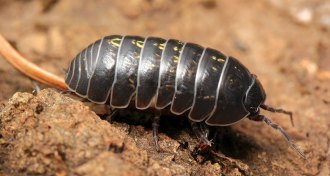 Genetics
GeneticsTo make female pill bugs, just add bacterial genes
Genes from Wolbachia bacteria infiltrated pill bugs and now make genetic males female.
By Susan Milius -
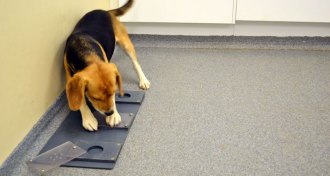 Genetics
GeneticsGene linked to autism in people may influence dog sociability
DNA variants were linked to beagles’ tendency to seek human help.
-
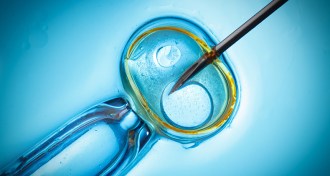 Genetics
GeneticsFirst ‘three-parent baby’ born from nuclear transfer
The first human baby produced through spindle nuclear transfer was born in April, New Scientist reports.
-
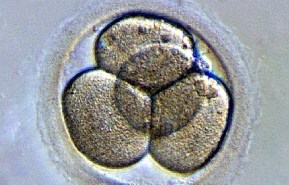 Genetics
GeneticsNew era of human embryo gene editing begins
Gene editing of viable human embryos is happening, in and out of the public eye.
-
 Genetics
GeneticsEndurance training leaves no memory in muscles
Unlike strength training, endurance workouts left no genetic trace months later, calling into question idea of a general muscle memory.
-
 Genetics
GeneticsSingle exodus from Africa gave rise to today’s non-Africans
Genetics and climate studies differ on when modern humans left Africa.
-
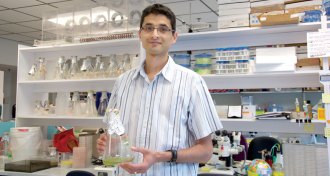 Life
LifeAneil Agrawal unites math and mess
Evolutionary geneticist Aneil Agrawal is equally at home with real and hypothetical fruit flies.
By Susan Milius -
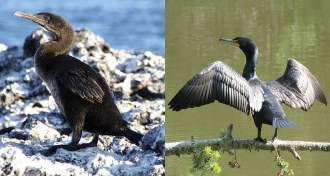 Genetics
GeneticsTo study Galápagos cormorants, a geneticist gets creative
To collect DNA from four cormorant species, this scientist called in bird scientists far and wide.
-
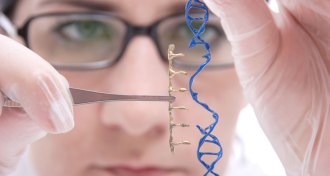 Genetics
GeneticsGenetic surgery is closer to reality
A molecular scalpel called CRISPR/Cas9 has made gene editing possible.
-
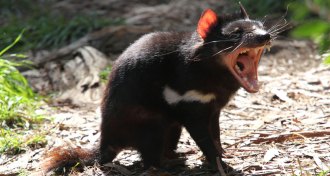 Health & Medicine
Health & MedicineTasmanian devils evolve resistance to contagious cancer
Tasmanian devils are evolving resistance to a deadly contagious cancer.
-
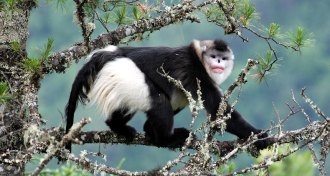 Genetics
GeneticsGenes help snub-nosed monkeys live the high life
Snub nosed monkeys have certain genetic variants that help them breathe easy in low oxygen.
-
 Genetics
GeneticsThank (or blame) your genes for ability to handle java jolt
A gene involved in caffeine processing may control coffee consumption.